Dopo Babbo Natale, gli italiani aspettano la Befana.
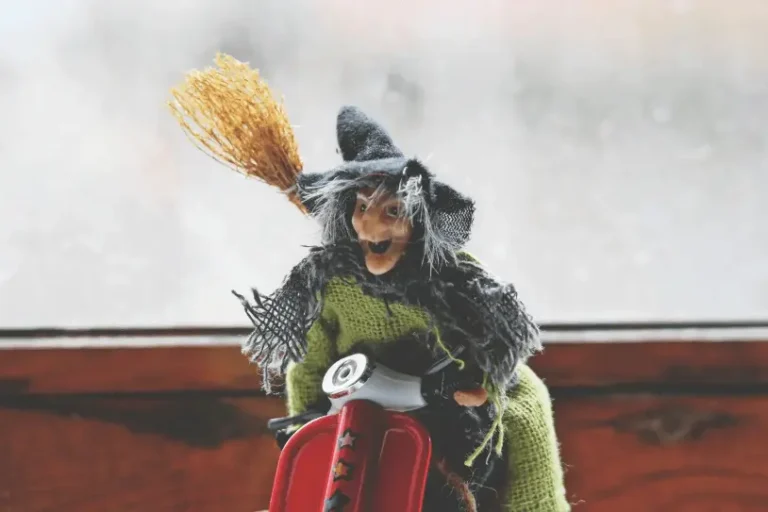
This is an Italian–English Bilingual Article to Improve Your Reading Skills.
La festa dell’Epifania si celebra il 6 gennaio, segna l’ultimo giorno delle festività natalizie (le festività natalizie in Italia iniziano l’8 dicembre, giorno dell’Immacolata Concezione, è tradizionalmente il giorno in cui tutti gli italiani decorano l’albero, costruiscono il presepe, iniziano ad acquistare i regali di Natale etc…).
The Feast of the Epiphany is celebrated on January 6th, marks the final celebratory day of the Christmas holiday season (The holiday season in Italy begins on December 8th, the Immaculate Conception, is traditionally the day on which all Italians decorate the tree, build the crib, start shopping for Christmas presents etc…).
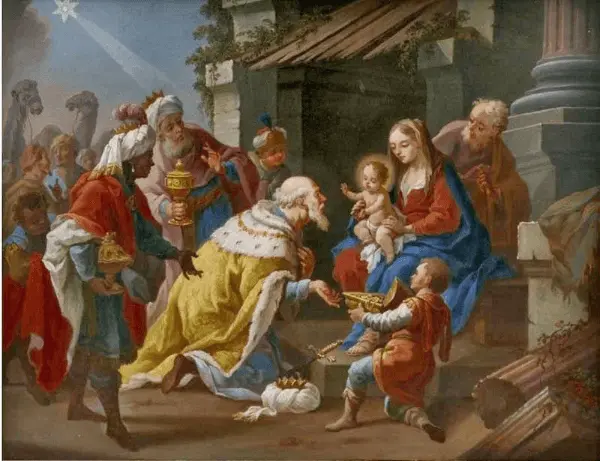
In alcune parti d’Italia, La Befana è colei che fa i regali ai bambini al posto di Babbo Natale.
In parts of Italy, La Befana is the one who gives gifts to children instead of Santa Claus.
Il 6 gennaio in genere ha due nomi: l’Epifania (la versione più religiosa) e la Befana (la versione folcloristica più popolare).
The 6th of January in general has two names: the Epiphany (the more religious version) and la Befana (the more popular folklore version).
L’Epifania è un nome associato al giorno religioso dell’arrivo dei Re Magi da Gesù bambino (“Epifania” in greco antico ἐπιφάνεια era una manifestazione o apparizione della divinità).
The Epiphany is a name associated with the religious day of the arrival of the three kings to the baby Jesus (“Epiphany” in ancient Greek ἐπιφάνεια was a manifestation or appearance of the divinity.)

La Befana (pronunciata [beˈfaːna]) è un’anziana donna, molti si riferiscono a lei con l’appellativo di strega, che vola per il paese sul suo manico di scopa la notte del 5 gennaio (vigilia dell’Epifania) portando dolci e doni ai bambini buoni e “carbone” a quelli cattivi.
The Befana (pronounced [beˈfaːna]) is an old woman, many refer to her as a witch, who flies around the country on her broomstick during the night of January 5th (the Eve of Epiphany) bringing sweets and gifts to good children and “carbone” (black spun sugar coal) to naughty ones.
La simpatica vecchietta a cavallo di una scopa, le cui origini risalgono probabilmente ai festeggiamenti dell’antica Roma per il solstizio d’inverno, distribuiva dolciumi e giocattoli ai piccoli romani ancor prima che la figura di Babbo Natale si affermasse nell’immaginario collettivo.
The pleasant old lady riding a broom, whose origins probably date back to the celebrations of ancient Rome for the winter solstice, distributed sweets and toys to little Romans even before the figure of Santa Claus established itself in the collective imagination.
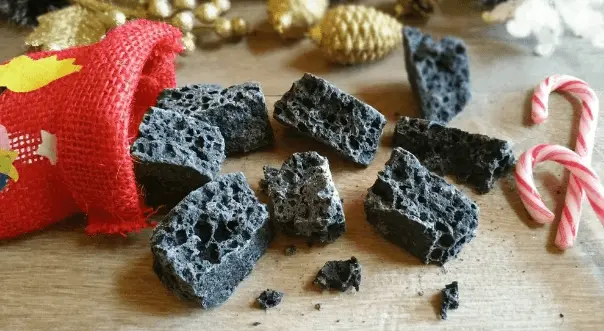
L’Epifania è una festa nazionale in Italia e si organizzano vari eventi, come fiere, sagre, concerti, fuochi d’artificio, mostre e mercatini che si svolgono in diverse città e paesi, dal Nord al Sud della penisola.
Epiphany is a national holiday in Italy and various events are going on, such fairs, festivals, concerts, fireworks, exhibitions, and markets which take place in different cities and towns, from North to South of the peninsula.
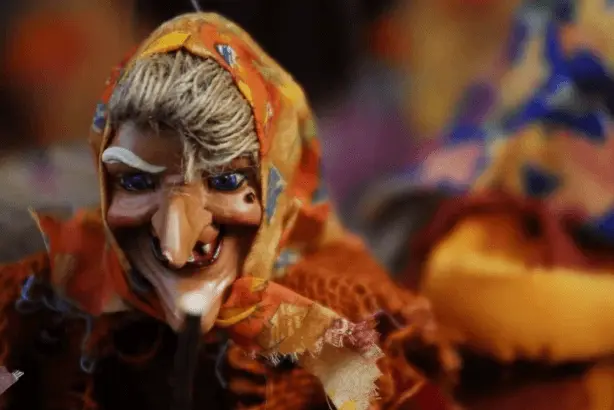
Possiamo dire che ci sono alcune tradizioni piuttosto strane e meravigliose che si svolgono come: la Regata della Befana a Venezia, una corsa in barca attraverso la laguna veneziana con le befane a bordo delle imbarcazioni.
It’s safe to say that there are some rather weird and wonderful traditions that take place such as Regata della Befana in Venice, a boat race through the Venetian lagoon with the befanas aboard the boats.
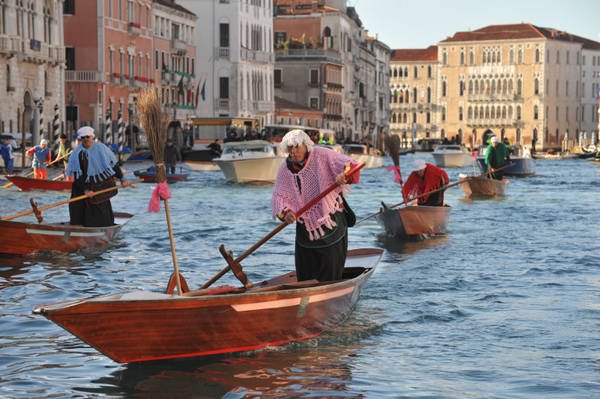
Il Mercato della Befana di Roma a Piazza Navona con centinaia di bancarelle che vendono delizie gastronomiche tipiche del Natale, le tradizionali figure del presepe, giocattoli, i dolci e il carbone per la calza della Befana. Il mercato è una vera e propria istituzione amata dai romani di ogni epoca che, da oltre 200 anni, si aggirano tra i suoi banchi alla ricerca del regalo perfetto.
Rome’s Befana Market in Piazza Navona with its hundreds of stalls selling typical Christmas gastronomic delights, traditional crèche figures, toys sweets and carbone for the Befana’s stocking. The market is a true institution cherished by Romans of all ages who, for over 200 years, have wandered among its stalls in search of the perfect gift.
A Fiumicino si svolge una gara della Befana in auto d’epoca e trattori.
A Befana in old cars and tractors race takes place in Fiumicino city.
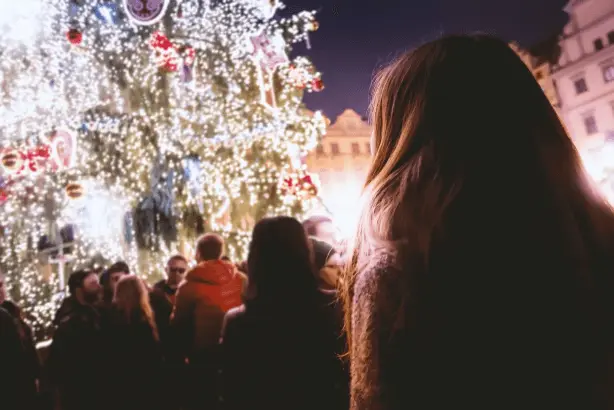
Altra tradizione interessante è il Panevin [Panevin deriva da “pane e vino”, alludendo al cibo povero che si consumava durante la festa] celebrato con l’accensione di un grande falò.
Sopra il mucchio di rami c’è un manichino con le sembianze di una vecchia, simbolo di tutto il male dell’anno passato. Il falò della Befana è un’amata tradizione del Nord Est d’Italia e i falò verranno accesi la sera del 5 gennaio, vigilia dell’Epifania.
Another interesting tradition is Panevin [Panevin comes from “bread and wine”, alluding to the poor food that’s consumed during the event] celebrated by lighting a huge bonfire.
Above the pile of branches there is a dummy with an old woman appearance, symbol of all the past year’s bad. Befana bonfire is a beloved tradition of the North East of Italy and bonfires’ll be lighted in the evening of January 5th, Epiphany Eve.

Quando pianificherai le vacanze di Natale per il prossimo anno, considera la festa dell’Epifania, sono sicuro che ti divertirai tanto.
When you are planning your Christmas holiday for next year, consider the Feast of the Epiphany, I’m sure you’ll have a wonderful time.
share the article
-
Facebook
-
Twitter
-
Linkedin
-
Telegram
-
Whatsapp

